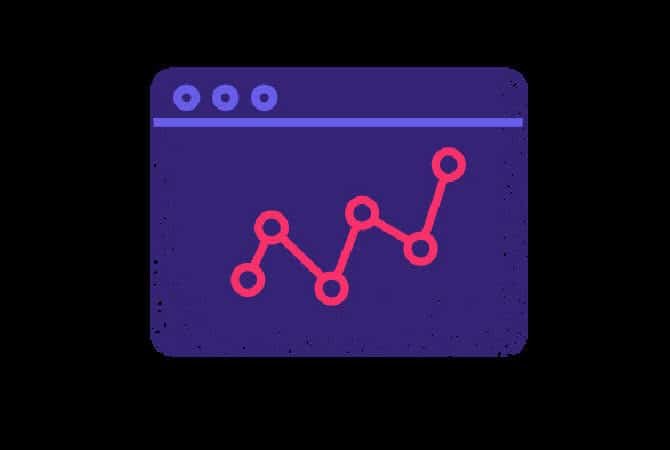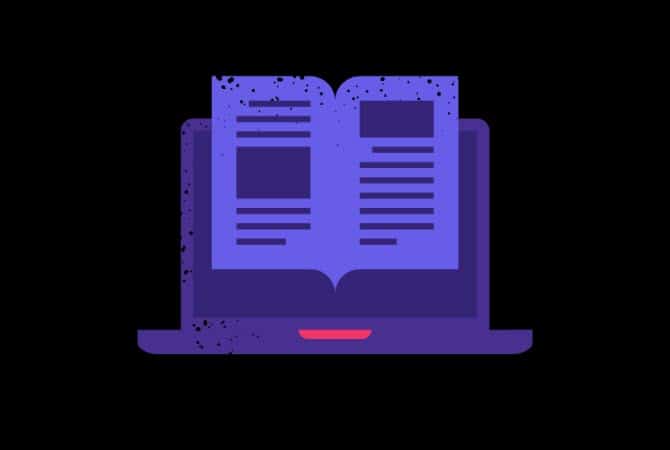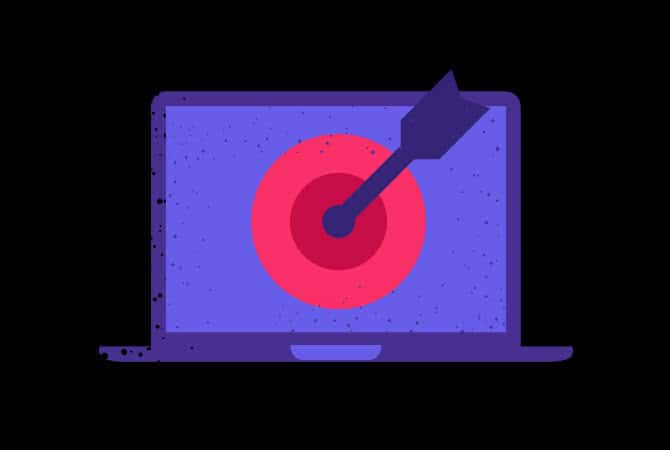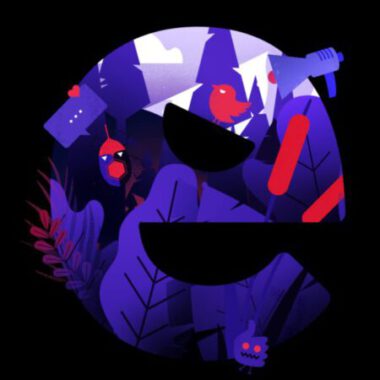When you’re promoting your products or services, it’s important to emphasize both features and benefits for your customers. Consumers will be more aware of what is included in a product or service, as well as how it might bring value to their lives. It will also help you in establishing a relationship with them.
What exactly is a feature, and why is it important?
A feature refers to a characteristic or function of your product or service. It could be a capability or use for your product. Features give your marketing activities more substance and can be used to describe what you have to offer to consumers looking for a specific product or service.
Features should be highlighted since they are an element of the product or service that can be backed by data gathered via testing and measurement. Consumers frequently seek quantifiable data to demonstrate the utility of a product.
In other words, a feature is something that your product has or is. A feature for SaaS companies, for example, can be defined as a software program that allows users to perform a task.
What is a benefit, and why is it important?
A benefit is how a product or service can make a customer’s life easier or more valuable. Benefits are the outcomes or results that people will ideally experience as a result of utilizing your product or service, the reason why a potential client becomes a paying customer. Consumers rarely want to buy products just to buy them — they want to solve their problems.
In short, benefits are the key reason a customer would choose to purchase whatever you’re selling. Therefore, it’s usually better to emphasize benefits over features when writing copy for your ads. Also, try to add benefits to your demos, ebooks, and other marketing content to attract an audience who may not have heard of your product or service before.
Furthermore, when a product’s features are extremely technical, benefits can be especially relevant. If you talk about how many plugins a system has, for example, an experienced developer may be the only one who can make sense of it. Instead, you should tell about which plugins would help them make more sales faster in order to attract a bigger audience.
How can you know if something is a feature or a benefit?
Though both terms can be readily confusing, the main difference is that a feature is an essential function of the product or service given, whereas a benefit indicates how the product’s characteristics might improve a consumer’s life.
For example, an app’s feature might be that it can produce intro automation in under two minutes. The benefit of this feature is that it allows you to connect with colleagues quickly.
To put it another way, features tell customers what they want and benefits tell them why they want it. Remember, just because you understand why your product will improve your target customer’s life doesn’t mean they will. Also, bear in mind that most people don’t care about you, your company, or how many late hours your engineering team worked to release a product – all they care about is themselves and what’s in it for them.
Now, the Creative Messaging Matrix comes into the picture. It helps marketers in ensuring that their messaging is consistent, relevant, and accessible to end-users. These documents are frequently laid up in grids, with one column for features, several more for benefits, and additional columns for messaging data points or calls to action. You can read more about it here.
Why should you include benefits in your product message rather than just features?
- People may not understand why a feature is important. Features are usually technical. A benefit explains why technical characteristics are important to them.
- When given a reason, people react positively.
- People are seeking a solution to their problems.
To sum up, always make sure that clients are aware of the benefits that the features will provide. This not only speeds up the customer’s purchasing process but also ensures that they don’t come to the wrong conclusion about how your product can help them.
Customers may compare features of products and services to draw comparisons, but they are only interested in what benefits them. If you must state features in your landing page text or product descriptions, make sure to back them up with benefits and give customers concrete reasons to buy what you’re selling.






